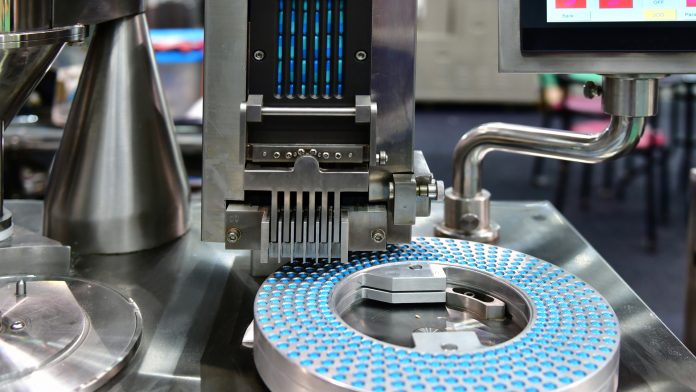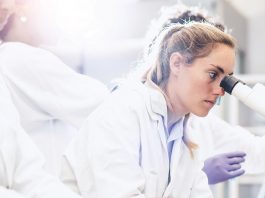Researchers at the National University of Singapore (NUS) have developed a unique method to automate the production of pharmaceutical compounds.
A team of NUS researchers have established a way to automate the production of small molecules suitable for use as pharmaceutical compounds. This technique could be applied to molecules that are usually manufactured via manual processes, thereby reducing the need for human labour.
The group that accomplished this groundbreaking breakthrough was led by Assistant Professor Wu Jie from the NUS Department of Chemistry as well as Associate Professor Saif A. Khan from the NUS Department of Chemical and Biomolecular Engineering.
Demonstrating the new method on prexersatib, which is a pharmaceutical molecule used in cancer treatment, the researchers attained a fully automated six-step synthesis with 65% isolated yield within 32 hours. In addition, their method also effectively delivered 23 prexasertib derivatives in an automated fashion, indicating its possibility for drug discovery and design.
The team’s discoveries, published in the journal Nature Chemistry, could be utilised for the production of a wide variety of pharmaceutical compounds.
The latest developments in end-to-end continuous-flow synthesis are quickly increasing the capacities of automated syntheses of small-molecule pharmaceutical compounds in flow reactors. There are well-defined manufacturing techniques for molecules such as peptides and oligonucleotides, which have repeating functional units. However, it is difficult to conduct multi-step continuous-flow synthesis of active pharmaceutical ingredients because of challenges like solvent and reagent incompatibilities.
This novel method combines two chemical synthesis techniques. These encompass continuous-flow synthesis, whereby chemical reactions are conducted in a seamless process, and solid-supported synthesis, in which molecules are chemically bonded and grown onto an insoluble support material.
The researchers have called this technique solid phase synthesis-flow, or SPS-flow; it facilitates the target molecule to be developed on a solid supporting material as the reaction reagent flows through a packed-bed reactor. The process is regulated by computer automation and allows wider reaction patterns and longer linear end-to-end automated synthesis of pharmaceutical compounds than existing automated methods.
This method also enables synthetic modifications early in the process, thereby supporting greater structural diversification compared to conventional processes, which only permit late-stage diversification of a molecule’s common core structure. Using a computer-based chemical recipe file, the team successfully produced 23 derivative molecules of prexasertib. The derivatives manufactured are molecules with parts of the molecular structure differing slightly from the original molecule.
“The capability to easily obtain these derivatives is crucial during the drug discovery and design process as understanding the relationship between molecule structures and their activities play an important role for the selection of promising clinical candidates,” explained Khan.
The researchers are preparing to further showcase their SPS-flow technique’s flexibility by carrying out more research incorporating top-selling pharmaceutical molecules.
“Our new technique presents a simple and compact platform for on-demand automated synthesis of a drug molecule and its derivatives. We estimate that 73 per cent of the top 200 bestselling small-molecule drugs could be produced using this technique,” added Wu.
Going forward, the team will conduct studies that target the development of a fully automated and portable system for active pharmaceutical ingredient production at a larger scale suitable for manufacturing. The system will employ the newly developed method in lead optimisation to speed up the process of drug discovery.









